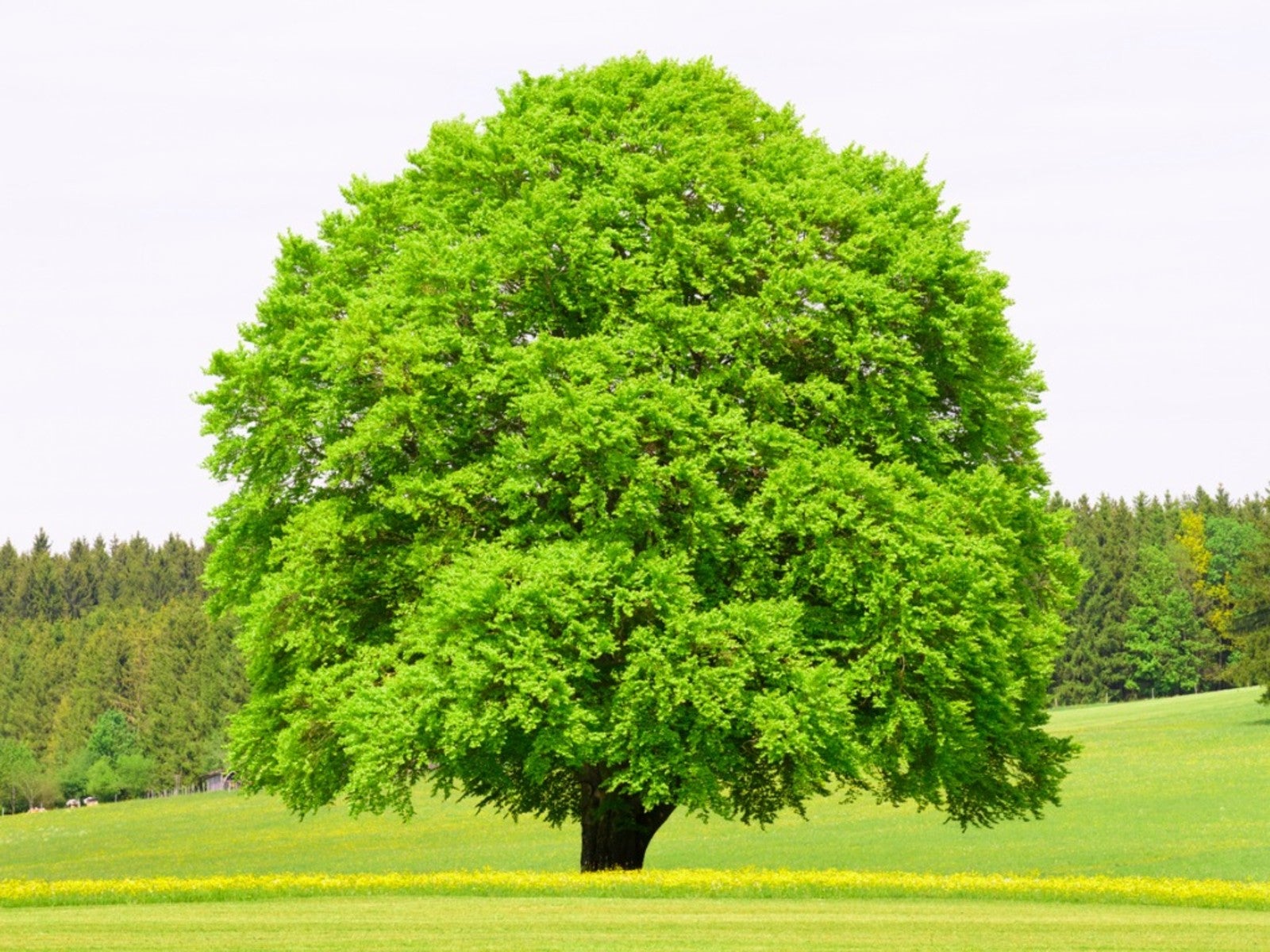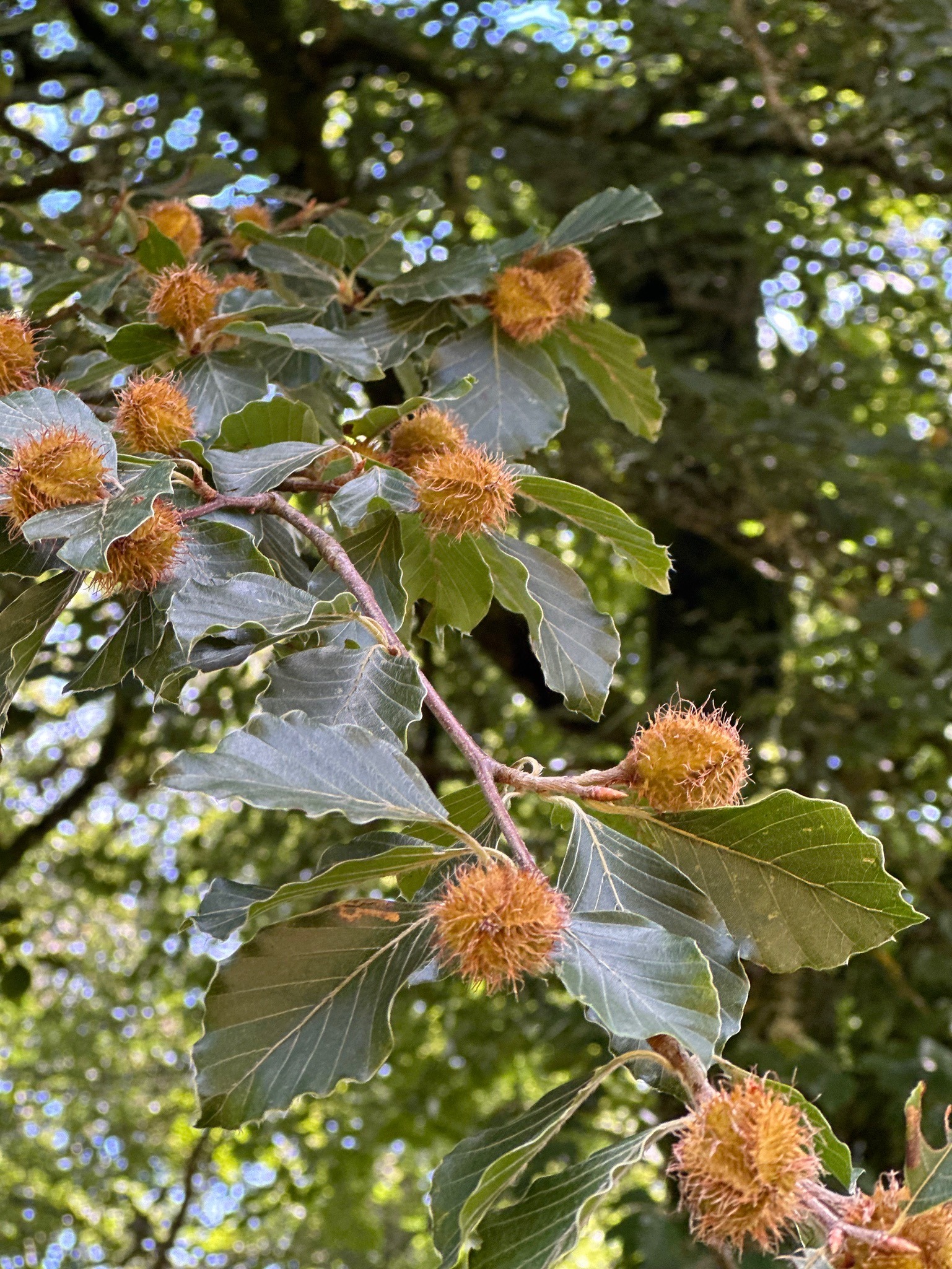
Beech Tree Plant
The Mighty Beech Tree: A Guide to Planting and Caring for this Majestic Species
Introduction
The beech tree, a magnificent and stately species that can be found in forests and parks around the world, is known for its tall stature, smooth grey bark, and vibrant green leaves. In this comprehensive guide, we will delve into the world of the beech tree, exploring its origins, characteristics, and how to plant and care for this beautiful plant.
Origins and Distribution
Beech trees belong to the genus Fagus, which is part of the Fagaceae family. There are around 10 different species of beech trees, with the most common being the European beech (Fagus sylvatica) and the American beech (Fagus grandifolia). These trees are native to Europe, Asia, and North America, and are often found in temperate forests.
Characteristics of the Beech Tree
One of the most distinctive features of the beech tree is its smooth grey bark, which develops deep furrows as the tree ages. The leaves of the beech tree are oval-shaped with toothed edges, and turn a vibrant yellow in the fall before dropping to the ground. Beech trees are also known for their dense canopy, which provides ample shade and makes them a popular choice for landscaping.
Planting and Care

When planting a beech tree, it is important to choose a location that receives plenty of sunlight and has well-drained soil. Beech trees are sensitive to waterlogged conditions, so be sure to avoid planting them in low-lying areas. The best time to plant a beech tree is in the spring or fall, when the weather is mild and the tree has a chance to establish its roots before the harsh heat of summer or cold of winter.
Watering and Fertilizing
Once planted, beech trees require regular watering to keep the soil moist but not waterlogged. During hot and dry periods, be sure to water the tree deeply to encourage deep root growth. Fertilizing is generally not necessary for beech trees, as they are able to extract nutrients from the soil naturally. However, if your tree is showing signs of nutrient deficiency, you can apply a slow-release fertilizer in the spring to help boost growth.
Pruning and Maintenance
Beech trees are relatively low-maintenance, but may require occasional pruning to remove dead or damaged branches. Pruning should be done in the late winter or early spring, before the tree begins to leaf out. Be sure to use sharp, clean tools to make clean cuts and avoid damaging the tree. Regularly inspect your tree for signs of pests or disease, and take action promptly if any issues are detected.
Pests and Diseases

Beech trees are susceptible to a few common pests and diseases, including beech scale, beech bark disease, and powdery mildew. Be sure to regularly inspect your tree for signs of infestation or infection, such as yellowing leaves, sticky residue on the bark, or white powdery spots. If you suspect that your tree is suffering from a pest or disease, consult with a local arborist or extension office for treatment options.
Uses of the Beech Tree
In addition to their ornamental value, beech trees have a variety of practical uses. The wood of the beech tree is hard, strong, and durable, making it an excellent choice for furniture, flooring, and woodworking projects. Beech nuts are also edible and can be roasted and eaten as a snack or used in cooking. The leaves of the beech tree can be used as a natural mulch or compost, adding valuable nutrients to the soil.
FAQs
Q: How fast do beech trees grow?
A: Beech trees are relatively slow-growing, typically adding around 1-2 feet of growth per year. However, once established, beech trees can grow quite tall and live for hundreds of years.
Q: Can beech trees tolerate shade?
A: While beech trees prefer full sun, they can tolerate some shade, especially when young. However, they may not thrive or grow as vigorously in shaded conditions.
Q: Are beech trees prone to wind damage?
A: Beech trees have shallow root systems, which can make them susceptible to wind damage in exposed or windy locations. Planting multiple trees together or providing windbreaks can help protect your beech tree from damage.
Conclusion
In conclusion, the beech tree is a majestic and beautiful species that can add beauty and shade to any landscape. By following the planting and care tips outlined in this guide, you can successfully grow and nurture a beech tree of your own. Whether you are looking to add a touch of elegance to your backyard or contribute to the preservation of this iconic species, the beech tree is sure to impress and delight for years to come.